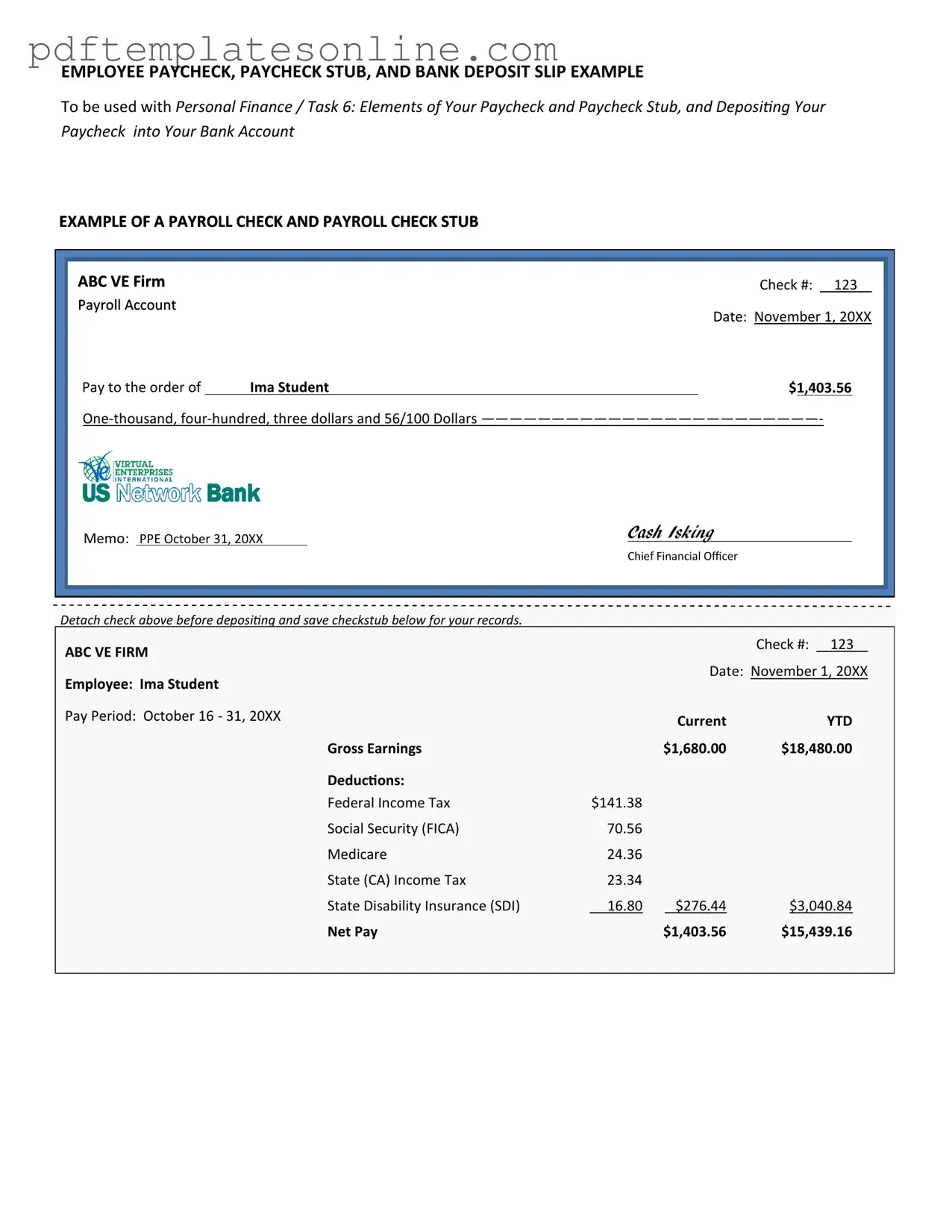Filling out a Payroll Check form can seem straightforward, but many people make common mistakes that can lead to delays or issues with payment. One frequent error is incorrect employee information. This includes misspellings of names, wrong Social Security numbers, or incorrect addresses. Such mistakes can create significant complications, especially when it comes to tax reporting and compliance.
Another common mistake is failing to account for overtime hours correctly. Employees may not always track their hours accurately, leading to underpayment or overpayment. It’s essential to ensure that all hours worked, including overtime, are documented and calculated correctly before submitting the form.
Many individuals also overlook the importance of checking the pay period dates. Submitting a Payroll Check form with incorrect pay period dates can result in employees not receiving their checks on time. Always double-check that the dates correspond to the actual work period to avoid confusion.
Additionally, some people forget to include deductions such as taxes, health insurance, or retirement contributions. These deductions must be clearly indicated on the form. Neglecting to do so can lead to discrepancies in net pay and potential issues with tax compliance.
Another mistake involves signature requirements. Some Payroll Check forms require a supervisor's or manager's signature. Failing to obtain the necessary approvals can delay processing and payment. Always confirm that the form has been signed by the appropriate parties before submission.
Lastly, many individuals do not keep a copy of the submitted form. Having a record of what was submitted is crucial for tracking payments and resolving any future discrepancies. It’s a good practice to make a copy for your records, ensuring that you have all the information if questions arise later.
